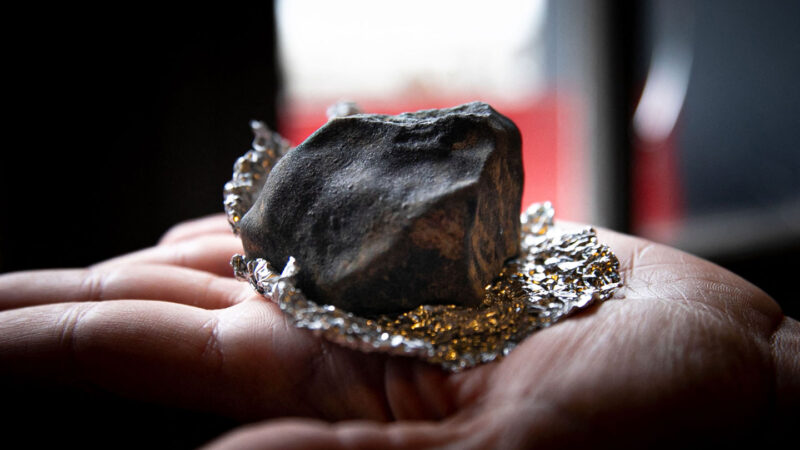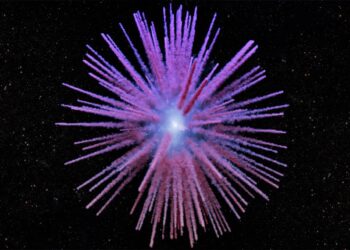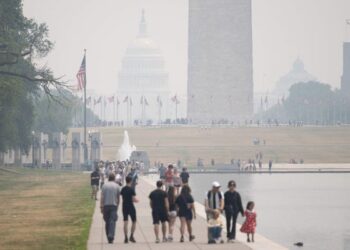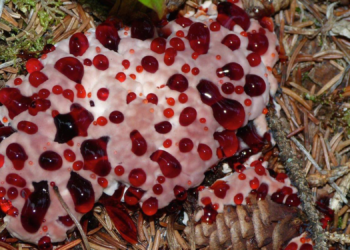Antarctica: A continent mostly covered in ice, which sits in the southernmost part of the world.
asteroid: A rocky object in orbit around the sun. Most asteroids orbit in a region that falls between the orbits of Mars and Jupiter. Astronomers refer to this region as the asteroid belt.
atmosphere: The envelope of gases surrounding Earth, another planet or a moon.
celestial: (in astronomy) Of or relating to the sky, or outer space.
comet: A celestial object consisting of a nucleus of ice and dust. When a comet passes near the sun, gas and dust vaporize off the comet’s surface, creating its trailing “tail.”
debris: Scattered fragments, typically of trash or of something that has been destroyed. Space debris, for instance, includes the wreckage of defunct satellites and spacecraft.
diamond: One of the hardest known substances and rarest gems on Earth. Diamonds form deep within the planet when carbon is compressed under incredibly strong pressure.
lunar: Of or relating to Earth’s moon.
Mars: The fourth planet from the sun, just one planet out from Earth. Like Earth, it has seasons and moisture. But its diameter is only about half as big as Earth’s.
meteorite: A lump of rock or metal from space that passes through Earth’s atmosphere and collides with the ground.
moon: The natural satellite of any planet.
planet: A large celestial object that orbits a star but unlike a star does not generate any visible light.
rogue: An animal that wanders alone, outside its herd or the community into which it was born. Or anything, even a planet or galaxy, that unexpectedly travels alone and far from where it would be expected.
solar: Having to do with the sun or the radiation it emits. It comes from sol, Latin for sun.
solar system: The eight major planets and their moons in orbit around our sun, together with smaller bodies in the form of dwarf planets, asteroids, meteoroids and comets.
system: A network of parts that together work to achieve some function. For instance, the…
Read the full article here







